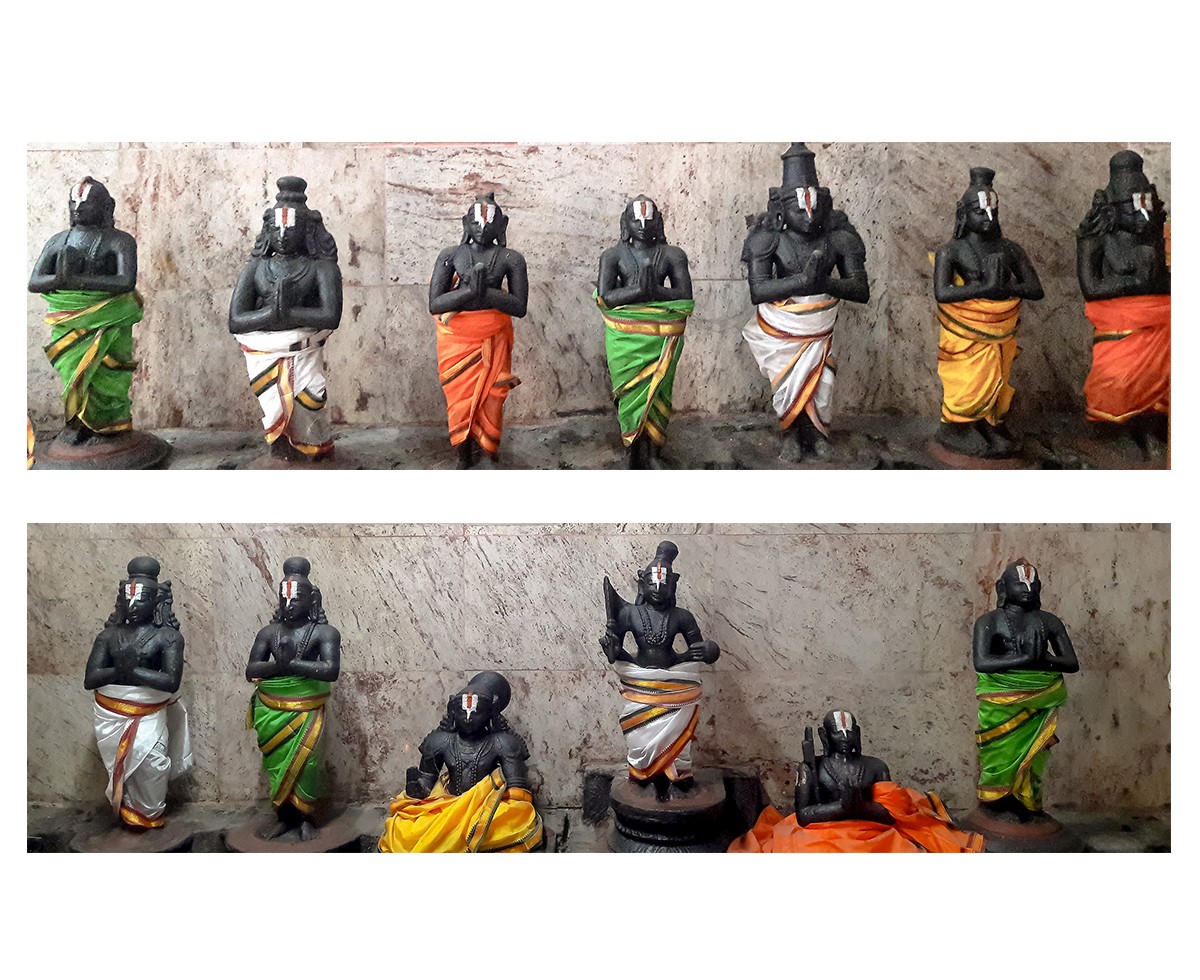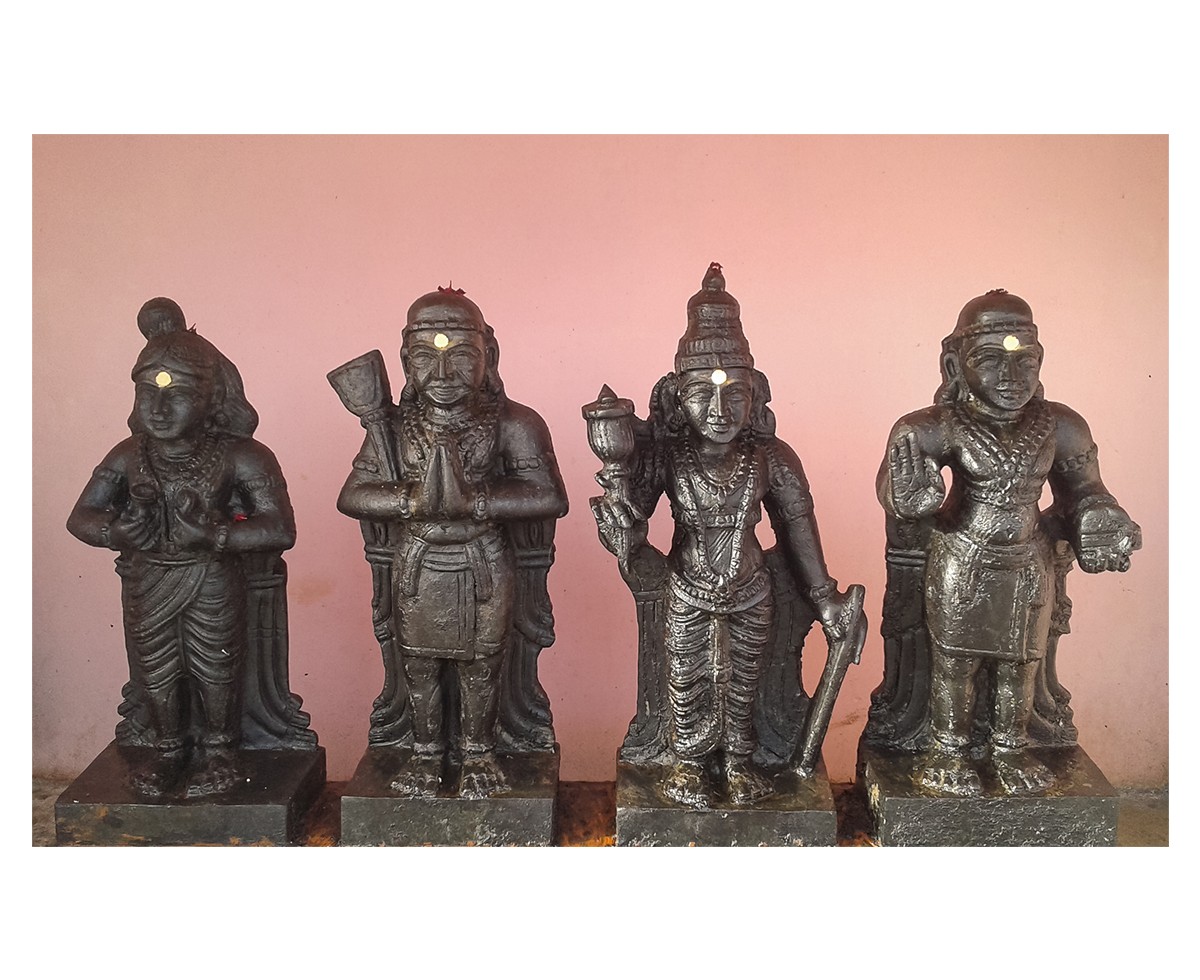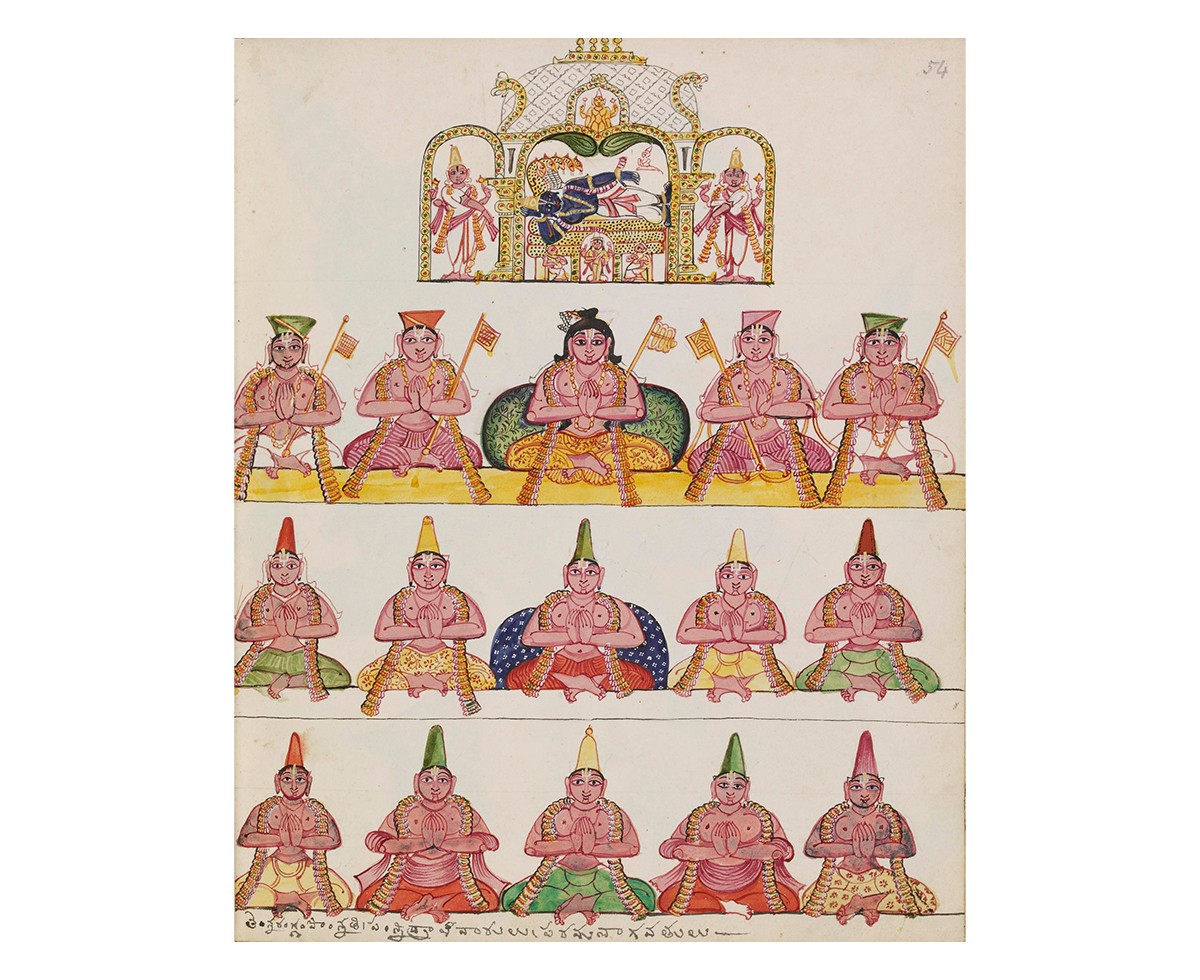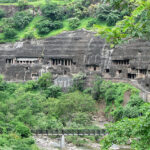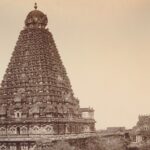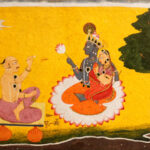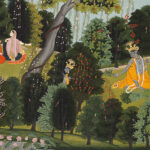The Early Bhakti Movement in South India
700–900 CE
Along with the spread of Puranic religion and the proliferation of Sanskrit, sects and sacred sites dedicated to the worship of the gods Vishnu and Shiva emerge. This leads to the emergence of the bhakti movement in the Tamil-speaking regions, emphasising the sacredness of temples; ritual texts such as the Agamas; and personal devotion expressed in poetry by religious leaders such as the Shaiva Nayanars and the Vaishnava Alvars. Travelling between villages, they help further solidify the alliances formed in previous centuries between Brahmins, temples and landholders.
Bibliography
Dehejia, Vidya. The Body Adorned: Dissolving Boundaries Between Sacred and Profane in India’s Art. Ahmedabad: Mapin Publications, 2009.
Dirks, Nicholas B. The Hollow Crown: Ethnohistory of an Indian Kingdom, Cambridge South Asian Studies. New York : Cambridge University Press, 1988.
Hawley, John Stratton. A Storm of Songs: India and the Idea of the Bhakti Movement. Cambridge, MA: Harvard University Press, 2015.
Singh, Upinder. A History of Ancient and Early Medieval India: From the Stone Age to the 12th Century. New Delhi: Pearson, 2016.
Feedback 
This entry appears in
Art in South Asia
Visit Timeline
Associated Timeline Events
First Published: March 11, 2024
Last Updated: July 2, 2024



